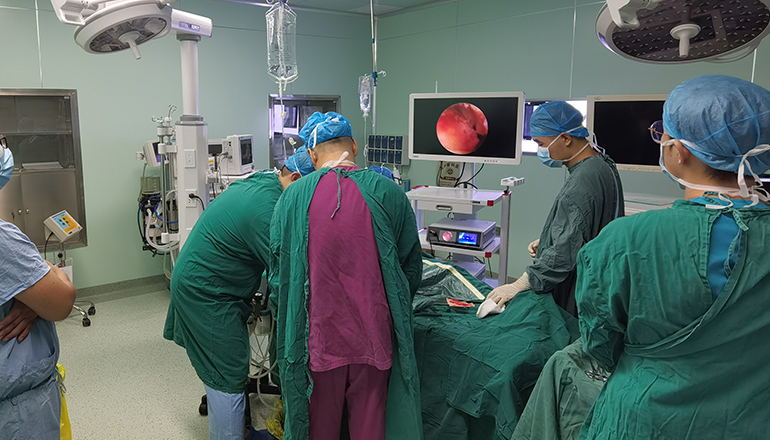- Shanghai, China
- [email protected]
- +86-21-58189111
Endoscope cameras are essential tools for medical professionals, allowing them to perform minimally invasive procedures with greater accuracy and efficiency. However, not all endoscope cameras are created equal, and it is important to judge the quality of an endoscope camera before using it in a medical procedure.
Here are some factors to consider when evaluating the quality of an endoscope camera:
Image quality: The image quality of an endoscope camera is arguably the most important factor to consider. The camera should be able to produce clear, high-resolution images with accurate color representation. The camera's lens and image sensor are critical components that determine the quality of the images produced. Look for cameras with high-quality optics and image sensors, as well as features like auto-focus and image stabilization.
Field of view: The field of view refers to the amount of the object or area that can be seen through the camera. A larger field of view can be useful in certain procedures, allowing for a wider view of the area being examined. However, a wider field of view can also result in a reduction in image quality. Consider the field of view required for the specific procedure being performed when evaluating endoscope cameras.
Light source: The light source is another important component of an endoscope camera. The camera should be able to provide sufficient illumination to the area being examined, without causing discomfort to the patient. Look for cameras with high-quality LED light sources that can be adjusted to provide the necessary level of illumination.

Durability: Endoscope cameras are subject to wear and tear, and it is important to choose a camera that is built to withstand the demands of medical procedures. Look for cameras with robust construction, waterproofing, and other features that can protect the camera from damage.
Compatibility: Endoscope cameras must be compatible with the equipment being used in the procedure, including the endoscope itself and the video monitor. Make sure that the camera is compatible with the other equipment being used, and that it can be easily connected and configured.
User-friendly interface: A user-friendly interface can make a big difference in the ease of use and effectiveness of an endoscope camera. Look for cameras with intuitive controls and menus, and consider cameras that can be operated remotely or wirelessly for added convenience.
In conclusion, judging the quality of an endoscope camera requires careful consideration of several factors, including image quality, field of view, light source, durability, compatibility, and user-friendly interface. By evaluating these factors, medical professionals can choose the best endoscope camera for their specific needs and ensure that they are able to perform procedures with the highest level of accuracy and efficiency.
It is also important to consider the reputation of the manufacturer and the customer service and support they provide. Look for manufacturers with a proven track record of producing high-quality medical equipment, and check reviews and ratings from other medical professionals who have used the camera. Make sure that the manufacturer provides comprehensive support and maintenance services, including warranties and technical support.
Finally, it is essential to follow proper cleaning and sterilization procedures when using an endoscope camera to prevent the spread of infections. Endoscope cameras should be thoroughly cleaned and disinfected after each use according to the manufacturer's instructions and industry standards.
In summary, evaluating the quality of an endoscope camera requires consideration of multiple factors, including image quality, field of view, light source, durability, compatibility, user-friendly interface, manufacturer reputation, and customer support. By carefully evaluating these factors, medical professionals can choose the best endoscope camera for their needs, ensuring that they can perform minimally invasive procedures with the highest level of accuracy and efficiency while maintaining patient safety.
Leave a Comments